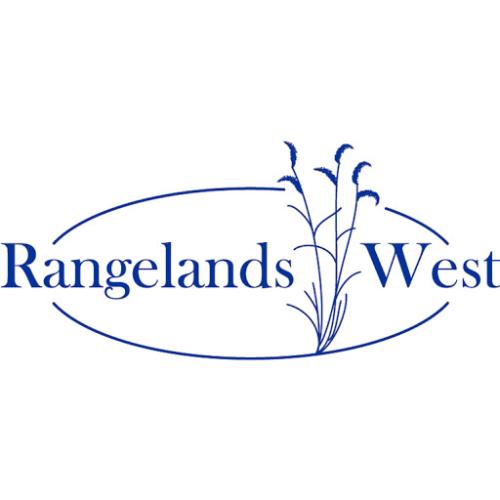Human enterprise has led to large-scale changes in landscapes and altered wildlife population distribution and abundance, necessitating efficient and effective conservation strategies for impacted species. Greater sage-grouse (Centrocercus urophasianus; hereafter sage-grouse) are a widespread sagebrush (Artemisia spp.) obligate species that has experienced population declines since the mid-1900s resulting from habitat loss and expansion of anthropogenic features into sagebrush ecosystems. Habitat loss is especially evident in North Dakota, USA, on the northeastern fringe of sage-grouse’ distribution, where a remnant population remains despite recent development of energy-related infrastructure. Resource managers in this region have determined a need to augment sage-grouse populations using translocation techniques that can be important management tools for countering species decline from range contraction. Although translocations are a common tool for wildlife management, very little research has evaluated habitat following translocation, to track individual behaviors such as habitat selection and fidelity to the release site, which can help inform habitat requirements to guide selection of future release sites. We provide an example where locations from previously released radio-marked sage-grouse are used in a resource selection function framework to evaluate habitat selection following translocation and identify areas of seasonal habitat to inform habitat management and potential restoration needs. We also evaluated possible changes in seasonal habitat since the late 1980s using spatial data provided by the Rangeland Analysis Platform coupled with resource selection modeling results. Our results serve as critical baseline information for habitat used by translocated individuals across life stages in this study area, and will inform future evaluations of population performance and potential for long-term recovery.

Articles, citations, reports, websites, and multimedia resources focused on rangeland ecology, management, restoration, and other issues on American rangelands.